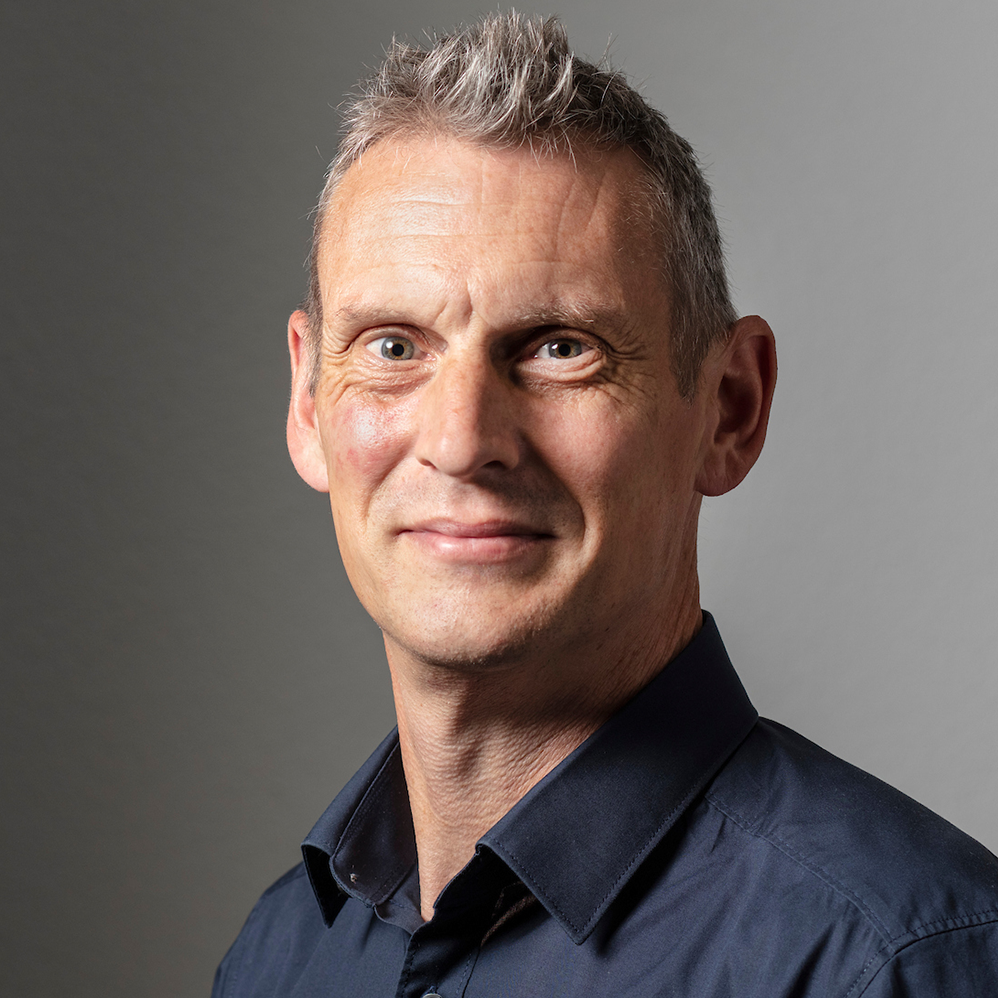
Entrepreneurs convert science to business

A drive to commercialise Swiss scientific projects is reaping dividends with a record number of spin-off companies at Zurich's Federal Institute of Technology.
The institute claims it is in the same league as American universities at fostering an entrepreneurial spirit that has spawned such firms as a manufacturer of body odour resistant sportswear.
HeiQ Materials is one of nearly 200 enterprises to make an impact in the marketplace after graduating from the institute’s laboratories in the last few years.
The company has made use of nanotechnology – the manipulation of microscopic particles – to embed infinitesimal amounts of silver into fabrics. The silver produces ions that prevent bacteria from proliferating and producing nasty odours – good news for sports lovers.
Former institute students Carlo Centonze and Murray Height hit upon the idea while taking a hot August hike in Switzerland three years ago.
“After a week of sweating in the mountains we really had ugly smelling polyester shirts. Our wives were pleading with us not to walk so close to them,” Centonze told swissinfo.
Both of them knew that silver had been tried in textiles to prevent odours but that the technology up to that point had not produced satisfactory enough results. By chance, Height had just invented a new process of adding silver to fibres.
“From a random idea we realised that we were on to something and the company really started that day. The day after that hike I took the gamble to turn down two job offers to see if I could make something of this, and I am now very happy about that decision,” Centonze said.
Visionary technique
HeiQ Materials officially launched in 2005 and picked up a number of start-up awards before moving to bigger premises in canton Aargau this year as it rapidly expanded.
The commercial injection of metal nanoparticles into textiles and other materials has been around since the mid-1980s, with Japan dominating the market so far.
But HeiQ has developed a revolutionary technique that captures particles in a matrix of amorphous silicon dioxide. The advantage of this process is that the particles do not clump together – thus diluting effectiveness – the whole structure can be made to measure for different applications, and it uses less metal for the same result.
The technology is not just used for clothing. HeiQ can also inject nanoparticles into paints, cosmetics, plastics such as those used in computer keyboards and furniture.
In each case the metals release ions that inhibit the spread of bacteria and this could be important in healthcare. Surgical instruments, dressings, paint, door handles, telephones and beds could all be treated to reduce the chances of patients picking up a bacterial infection.
Start-up “hot phase”
HeiQ has benefitted enormously from the help of a dedicated department at the Federal Institute set up specifically to encourage start-ups and make them successful. The institute celebrated its 21st spin-off company launch in October, a record number in one year.
“[The institute] is in the same league as Stanford University and MIT (Massachusetts Institute of Technology) in the US,” said the vice-president of research Peter Chen.
Centonze, who was also involved in the myclimate environmental start-up in 2002, said the support structures have improved in the last few years.
“This is well established in US universities where everyone is mad about start-ups and you can breathe it in the air. When we started three years ago it was tough going, but you could already start to get the feeling that something was lighting up and changing,” he said.
“We are now in a hot phase and you can really feel it. The trend is there, the supporting activities are there and the set up in Switzerland exists to have more success stories.”
swissinfo, Matthew Allen in Zurich
Zurich’s Federal Institute of Technology founded a department, called “Transfer”, to encourage and support spin-off companies from within their ranks of researchers in the 1990s.
In 1996 the first batch of six spin-offs was launched.
In October 2007, the institute beat its annual record of start-ups when the 20th firm came into existence. In the same month, a 21st enterprise was launched.
The institute’s website lists a total of 176 spin-off companies, an average of more than 14 a year since the programme started. However, not all of these firms are still in existence.
The spin-offs cover a broad spectrum of disciplines, including environmental services, the alternative energy sector, robotics, architecture, information technology and biotechnology.
The anti-microbial qualities of silver have been known for thousands of years. The Romans treated water with silver coins to maintain its purity.
Silver played an important medical role in the 19th century when silver nitrate solution was dropped into the eyes of newborn babies to help prevent bacterial eye infections.
Silver sulfadiazine cream has been a standard treatment for burn wounds for decades. Silver emits ions that attack the cell surface of bacteria and inhibit respiration.

In compliance with the JTI standards
More: SWI swissinfo.ch certified by the Journalism Trust Initiative


























You can find an overview of ongoing debates with our journalists here . Please join us!
If you want to start a conversation about a topic raised in this article or want to report factual errors, email us at english@swissinfo.ch.